The Red-breasted Nuthatch, also known as Sitta canadensis, is a charming little songbird that is commonly found in the conifer forests of North America. These delightful birds can even be enticed to backyard feeders in areas with coniferous habitats. With their striking appearance, which includes blue-gray upper parts, a rusty-pink breast and belly, and a black crown, Red-breasted Nuthatches are sure to catch the eye of any bird enthusiast. Not only do they stand out visually, but they also have a unique flight style characterized by weak flapping and an undulating flight pattern. Their calls consist of soft chittering contact notes, while their song is a repeated yank or enk sound. Although they may resemble other nuthatch species such as the White-breasted Nuthatch, Pygmy Nuthatch, and Brown-headed Nuthatch, they can be distinguished from woodpeckers, wrens, chickadees, and other birds based on their shape and behavior.
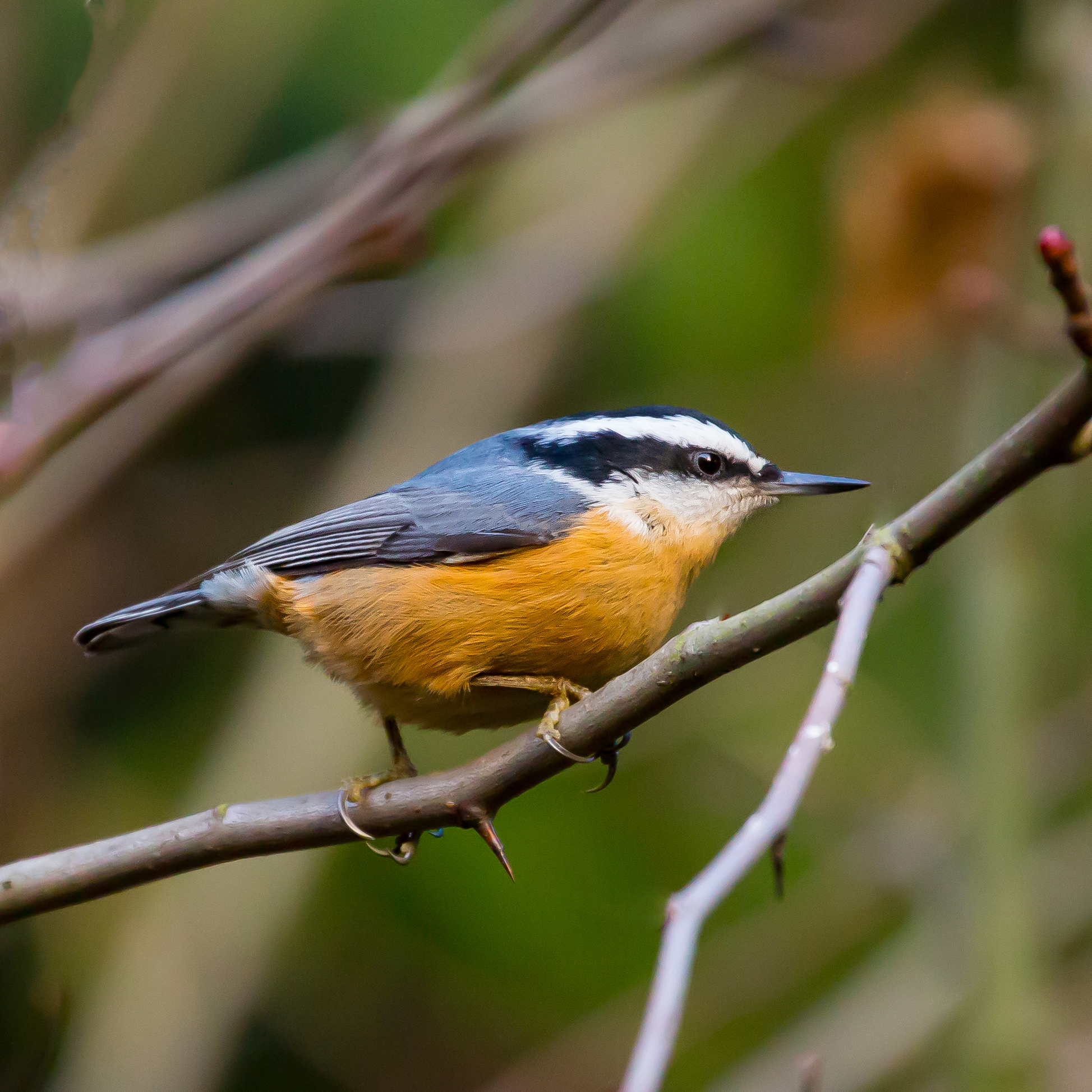
Physical Characteristics
Distinct Appearance
Red-breasted Nuthatches are small songbirds that can be easily identified by their distinct appearance. They have blue-gray upper parts that contrast with a rusty-pink breast and belly. Their black crown adds to their unique coloration, making them easily recognizable. These vibrant colors make them a beautiful addition to the conifer forests they inhabit.
Flight Style
Red-breasted Nuthatches have a flight style that sets them apart from other birds. They exhibit weak flapping and an undulating flight pattern, which means they move up and down as they fly. This style of flight is different from the straight, level flight of many other bird species. The undulating flight of the Red-breasted Nuthatch adds to its charm and makes it a delight to observe in the air.
Vocalizations
Contact Notes
When it comes to vocalizations, Red-breasted Nuthatches communicate with soft chittering contact notes. These contact notes serve to establish and maintain communication between individuals. The notes are soft and pleasant to the ear, creating an inviting atmosphere in the conifer forests they inhabit. If you ever find yourself in a conifer forest, listen closely, and you may hear the delicate chittering calls of these nuthatches.
Song
In addition to their contact notes, Red-breasted Nuthatches are known for their distinctive song. Their song is a repeated yank or enk sound, which resonates through the forest. This unique song is not only a means of communication but also adds to the overall symphony of sounds in the conifer forests. If you are lucky, you may have the opportunity to hear the beautiful song of a Red-breasted Nuthatch during your nature adventures.
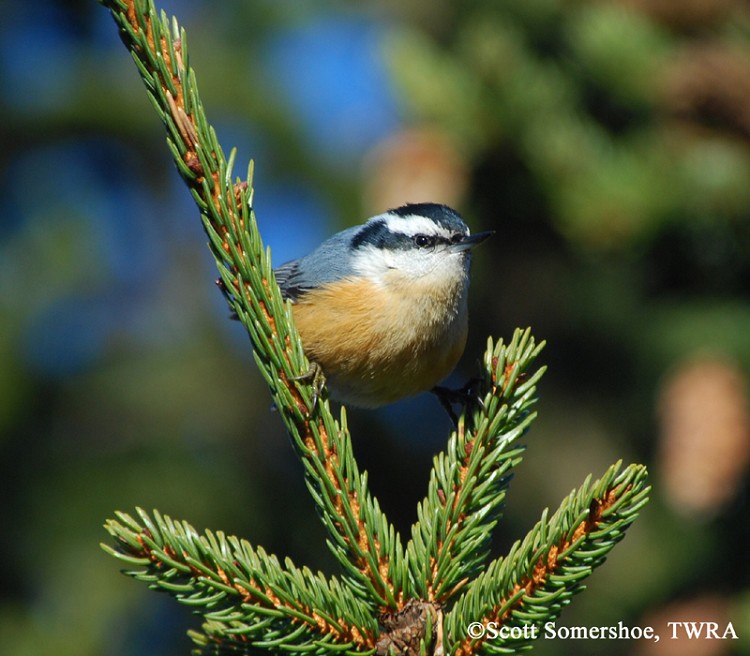
Similar Species
White-breasted Nuthatch
While the Red-breasted Nuthatch is a species on its own, there are other nuthatch species that share some similarities. One such species is the White-breasted Nuthatch (Sitta carolinensis). The White-breasted Nuthatch is slightly larger than the Red-breasted Nuthatch and has a distinctive white breast, as the name suggests. Its habit of foraging upside down on tree trunks is another characteristic that sets it apart from its red-breasted cousin.
Pygmy Nuthatch
Another similar nuthatch species is the Pygmy Nuthatch (Sitta pygmaea). As the name suggests, the Pygmy Nuthatch is much smaller than both the Red-breasted and White-breasted Nuthatches. Its coloration is also slightly different, with a bluish-gray back and a buff-colored belly. These little birds are often found in small flocks and have a unique vocalization that consists of buzzes and trills.
Brown-headed Nuthatch
The Brown-headed Nuthatch (Sitta pusilla) is yet another species closely related to the Red-breasted Nuthatch. Its distinguishing feature is its brown cap, which contrasts with its pale belly. Brown-headed Nuthatches can often be found in pine forests, and like their red-breasted cousin, they display a unique flight style with weak flapping and an undulating flight pattern.
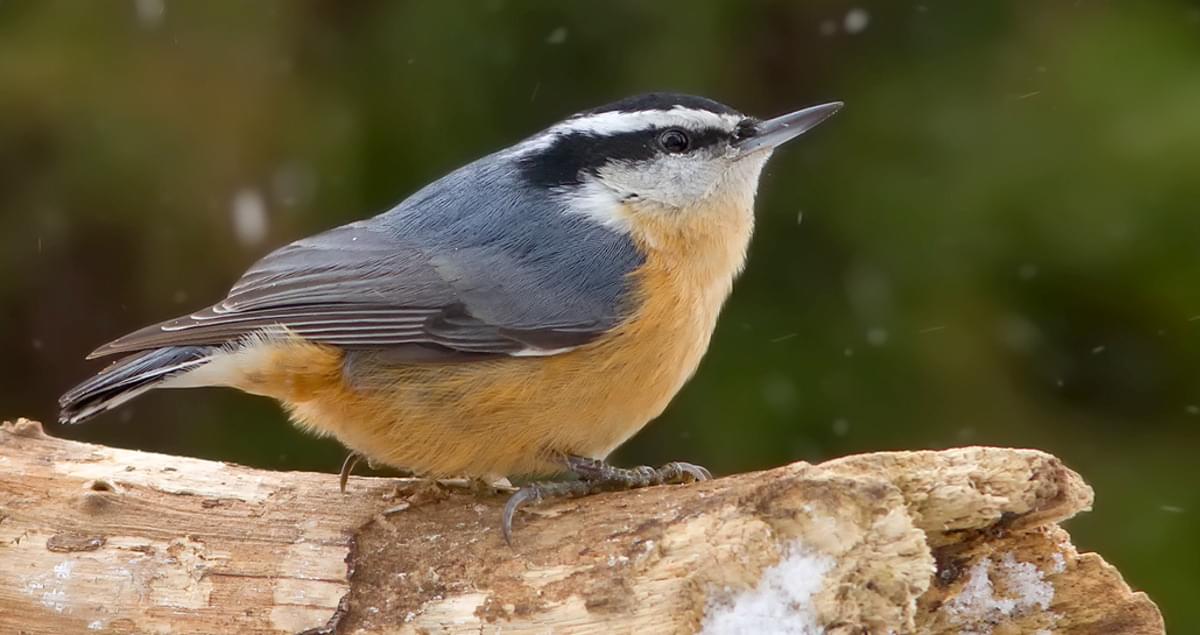
Behavior and Habitat
Distinct Shape
In addition to their appearance, Red-breasted Nuthatches have a distinct shape that sets them apart from other birds. They have a compact and stocky body with a short tail. This shape enables them to move with agility and efficiency among the branches of the conifer trees they call home. Their shape is specialized for their unique foraging behavior, allowing them to search for insects and seeds in the crevices of tree bark.
Feeding Habits
Red-breasted Nuthatches have specific feeding habits that contribute to their survival in their conifer forest habitat. They are primarily insectivorous, meaning their diet consists mainly of insects. They have a unique foraging behavior known as “hitching,” where they climb up and down tree trunks or branches, using their strong feet and sharp claws to grip the bark. This behavior allows them to access insects hiding in the crevices of the bark. They also consume seeds, especially in the winter when insects are less abundant.
Nesting
When it comes to nesting, Red-breasted Nuthatches typically choose tree cavities as their preferred nesting sites. They will excavate their own holes or use existing cavities, such as abandoned woodpecker nests. The female nuthatch constructs a nest made of bark, twigs, and grass, creating a cozy environment for raising their young. The male participates in the nest-building process by bringing materials to the female. Once the nest is complete, the female lays a clutch of 5-8 eggs, and both parents take turns incubating them. After the eggs hatch, the parents work together to feed and care for the chicks until they fledge.
Migration
Red-breasted Nuthatches display various patterns of migration depending on their geographical location. Some populations are considered residents and remain in their territories year-round. Others are considered partial migrants and will move southward during the winter months in search of more favorable foraging conditions. Their migration patterns can be influenced by food availability and weather conditions. Witnessing a flock of Red-breasted Nuthatches on their migratory journey can be a thrilling sight for birdwatchers.
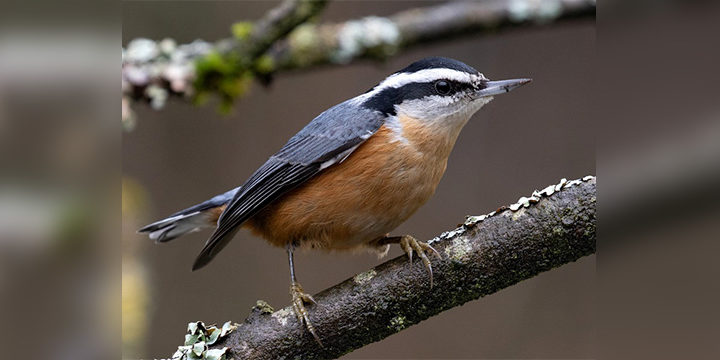
Range and Distribution
North American Conifer Forests
Red-breasted Nuthatches are native to the conifer forests of North America. Their range extends across the continent, from Alaska and Canada in the north to the southern United States. They are particularly abundant in the boreal forests of Canada and the northern regions of the United States. Within these coniferous habitats, they can be found in various types of forests, including spruce, fir, and pine forests. Their ability to adapt to different coniferous environments has contributed to their widespread distribution.
Backyards and Bird Feeders
Red-breasted Nuthatches can also be found in areas outside of their natural conifer forest habitats. They have the ability to be attracted to backyards and bird feeders that provide a suitable food source. If you have a backyard with coniferous trees or offer bird feeders with nuts or seeds, you may have the pleasure of attracting these delightful little birds to your own property. Providing a welcoming environment for Red-breasted Nuthatches is a great way to enjoy their presence up close and contribute to their conservation.
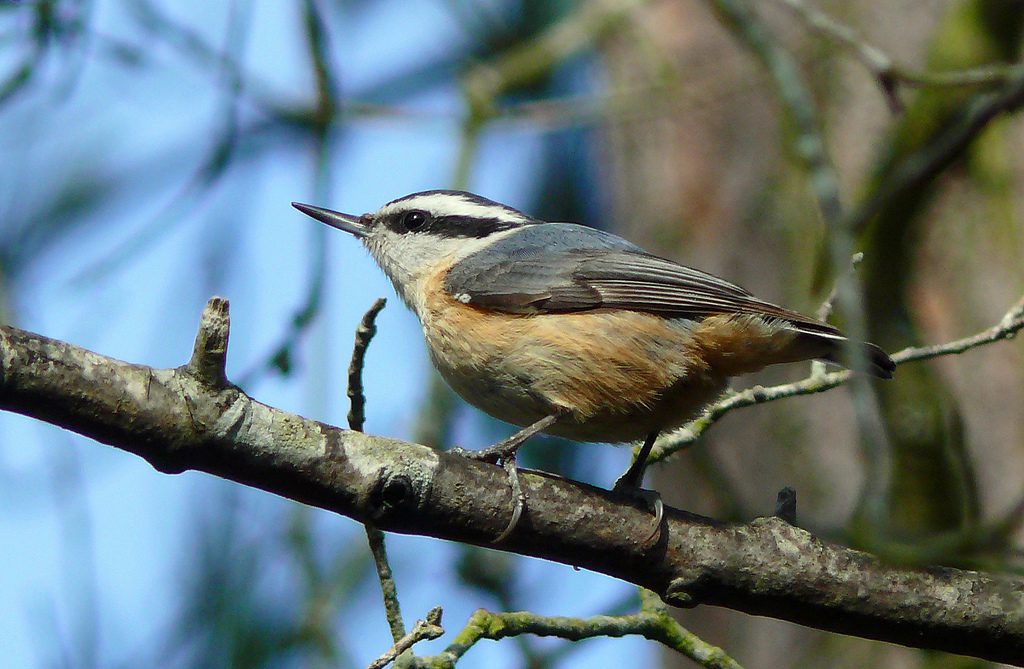
Conservation Status
Population
The Red-breasted Nuthatch population appears to be stable, and the species is not currently listed as threatened or endangered. While population fluctuations may occur due to environmental factors and habitat loss, these birds have shown resilience and adaptability to changing conditions. However, it is important to continue monitoring their populations and the health of their conifer forest habitats to ensure their long-term survival.
Threats
Although Red-breasted Nuthatches are not currently facing significant threats, there are some factors that could potentially impact their populations. Habitat loss and degradation due to deforestation and urbanization are ongoing concerns. Climate change also poses a threat as it can alter the availability of their food sources and disrupt their migration patterns. Additionally, pesticide use and the presence of invasive species can have negative impacts on the nuthatch populations.
Conservation Efforts
Conservation efforts focused on maintaining and protecting suitable conifer forest habitats are crucial for the long-term survival of Red-breasted Nuthatches. These efforts can include land conservation initiatives, reforestation projects, and promoting sustainable forestry practices. Educating the public about the importance of preserving and restoring conifer forests can also contribute to the conservation of these beautiful songbirds. By working together, we can ensure that future generations will continue to enjoy the presence of Red-breasted Nuthatches in the forests and backyards of North America.
In conclusion, Red-breasted Nuthatches are fascinating little birds with their distinct appearance, flight style, and vocalizations. They add vibrancy to the conifer forests they inhabit and can even bring joy to backyards and bird feeders. These nuthatches share similarities with other species within the nuthatch family, but each has its own unique qualities. Their behavior, feeding habits, nesting strategies, and migration patterns contribute to their success in their conifer forest habitats. While their populations appear stable, it is essential to be mindful of the threats they face and work towards conserving their habitats. By appreciating and protecting the Red-breasted Nuthatch, we can help ensure that these beautiful songbirds continue to thrive for generations to come.
Leave a Reply